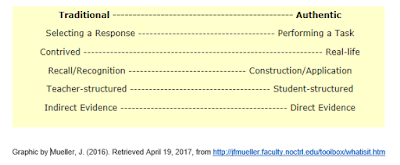As I have identified throughout my
blog, the world of nursing and nursing education has significantly changed over
the last 100 years; although my professional nursing career has only spanned
the last 25, I have personally and most specifically witnessed substantial transformation
in the use of informatics and technology.
The Nursing Informatics Competency Self-Assessment is highly recommended in providing a better understanding of personal comprehension of informatics in health care. Provided
by the Nursing Informatics Learning Center, the assessment identified that I am confident in
utilizing personal computer skills to enhance and inspire creativity, as well
as perform routine nursing functions within my profession. The assessment also identified my personal
recognition of the importance of using technological information within my
chosen profession, as well as the fact that I have a positive perception of the
importance of computerized healthcare and nursing applications. My personal growth in technology and
informatics has taken place most recognizably within the last four years of
higher nursing education. Classes such
as Informatics and Statistics have offered me the opportunity to visualize the
bigger picture and utilize modern technology to comprehend the information at a
much more superior level.
Continued
education and personal experience has brought me to a place within my career in
which I wish to use the skills provided over the years to encourage, engage and
prepare a new generation of nurses to flourish in their own careers. Some of the most modern 21st
century technological teaching and learning strategies that I look most forward
to utilizing include clickers in the classroom, Digital Story Telling, MoveNote (my personal favorite), High
Fidelity Simulation, and blogging. These
new and innovative advances in technology provide a level of education far
beyond traditional nursing education and offer the student the opportunity to
obtain, absorb, comprehend, maintain and reflect upon knowledge received
throughout and beyond their status as a student. I also maintain the responsibility to ensure
my personal knowledge, teaching qualifications and abilities continue to grow
with the rapidly evolving technologies in health care, as offering students a
21st century learning environment that encompasses modern and
up-to-date clinical and technological practices and processes is pertinent to
ensuring quality health care across the United States.









